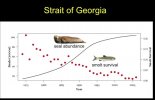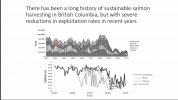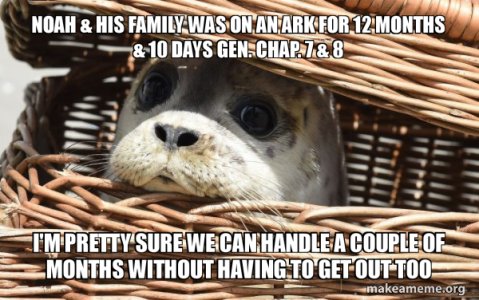They did it on the Puntledge River and did not kill or injure anyone but the seals.
Proved beyond a doubt that culls work.
FN can cull all the seals they want and no government will stand up to them.
I seem to recall they did it from a tree stand above the river. If that is correct, they would be shooting down into the river which should mitigate the risk of rifle bullet travel distance and that steep an angle would not result in bullet deflection off the surface of the water. Think of it as like skipping a smooth flatish rock off the water when you were a kid. To get it to skip on the water, a very shallow angle of entry was important, as was getting as much speed on it as you could.
With hunting regs. a few areas are "shotguns with multiple projectiles only" because of the long range risk that a high powered rifle would represent because of closeness to people and structures. Shotguns with multiple projectiles have only a fraction of the range of a high power rifle and do not have the projectile speed to cause a high risk of projectile deflection compared to a high power rifle. I would think shotgun buckshot (SSG) for deer hunting would also be effective on seals.
Last edited:





